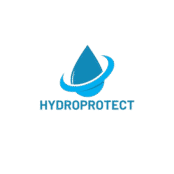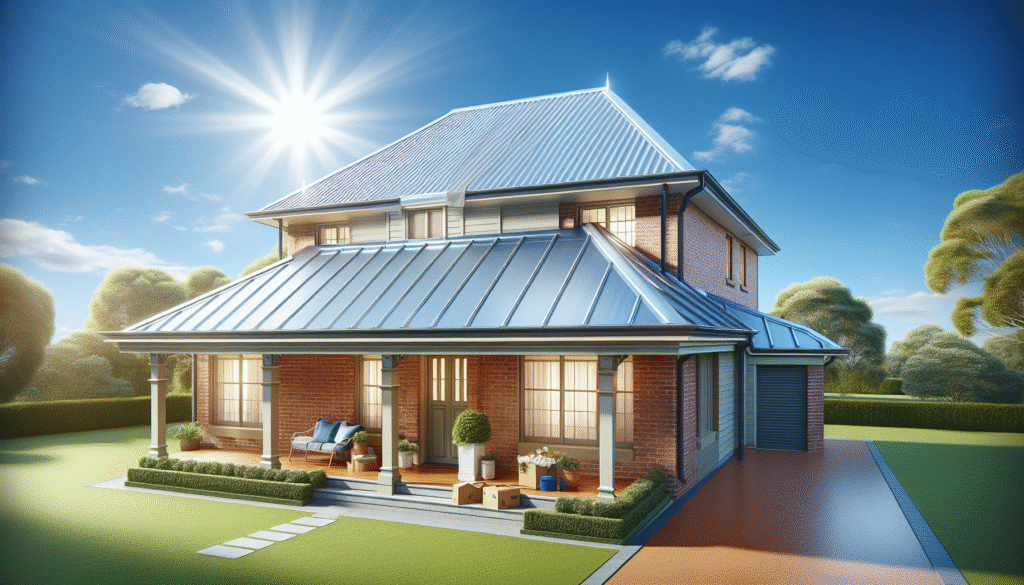Understanding Hotmelt Roof Waterproofing
Hotmelt roof waterproofing has undeniably taken center stage in the world of modern construction. For hall and warehouse owners, developers, and property managers, leaks are a critical concern. Fortunately, hotmelt roofs offer a solution that is both durable and highly effective. This revolutionary technology provides an unparalleled waterproofing experience, leaving property managers free from the worry of persistent roof leaks.
The Science Behind Hotmelt Technology
Hotmelt systems are composed of rubberized bitumen blends, applied directly to the roof substrate. This method ensures a fully bonded and seamless layer that functions as a monolithic waterproof barrier. The material is heated until it transforms into a liquid, allowing for easy application while it seamlessly adheres to all contours and penetrations on the roof’s surface.
Why Choose Hotmelt Waterproofing?
The superiority of hotmelt waterproofing over traditional methods becomes evident when considering longevity and performance. Unlike roll-on membranes or liquid coatings, hotmelt systems ensure a continuous surface, which eliminates potential weak spots that can lead to leaks. Moreover, this technology is exceptionally durable, keeping properties secure through various weather conditions.
Benefits of Hotmelt Roofs
For those managing large properties, the advantages of hotmelt roofs are numerous and hard to overlook. Here we will discuss several key benefits that hotmelt waterproofing has over other insulation solutions:
Long-Lasting Protection
- Resilience: Hotmelt roofs are designed to withstand extreme temperature variations. Whether exposed to scorching summers or harsh winters, the impermeable membrane remains intact, maintaining its protective function.
- Minimal Maintenance: Once installed, hotmelt systems require little to no maintenance, significantly reducing long-term operational costs.
Environmental and Economic Efficiency
- Sustainability: Hotmelt materials often include recycled content, contributing to sustainable construction practices.
- Cost-Effectiveness: While initial costs may be higher compared to traditional methods, the longevity and minimal maintenance needs translate into savings over time.
Installation Process of Hotmelt Roofs
Understanding the installation process of hotmelt roofs can help decision-makers evaluate their appropriateness for their properties. The process, when performed by skilled professionals, is straightforward yet vital for the system’s performance.
Initial Preparation and Substrate Inspection
Before the installation begins, the roof surface is meticulously inspected and primed. This step ensures a clean, dry, and smooth substrate, crucial for optimal adhesion and performance of the waterproof layer.
Layering and Finishing Touches
The hotmelt material is then heated and applied, forming the initial waterproof layer. In some cases, additional layers like insulation boards or paving slabs may be added for enhanced insulation and protection, particularly for heavily trafficked areas.
Adopting Hotmelt Roofs for Commercial Properties
Implementing hotmelt roof solutions in commercial properties such as warehouses and large halls has multiple advantages. Let’s explore how these benefits manifest in real-world applications:
Commercial Warehouses
For warehouses, roof leaks can lead to damaged stock and operational disruptions. Hotmelt waterproofing effectively tackles these challenges, providing peace of mind and safeguarding merchandise.
Public Halls and Facilities
Public buildings house countless activities where even minor leaks can lead to significant inconveniences. Hotmelt roofs ensure these facilities remain hospitable and free from water-related disruptions, enhancing user experience.
Summary
In conclusion, hotmelt roof waterproofing technology presents a robust and reliable solution to the perennial problem of roof leaks. Its advantages, including long-lasting protection, environmental benefits, and economic efficiency, make it an appealing choice for hall and warehouse owners, developers, and property managers. With the correct professional installation, hotmelt roofs deliver unparalleled performance, ensuring structures remain watertight and well-protected against environmental elements.

